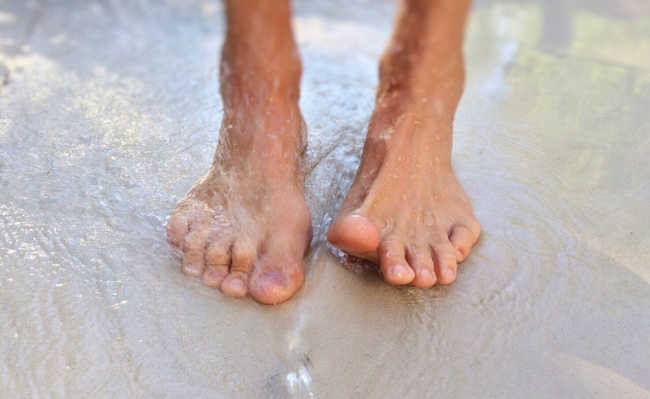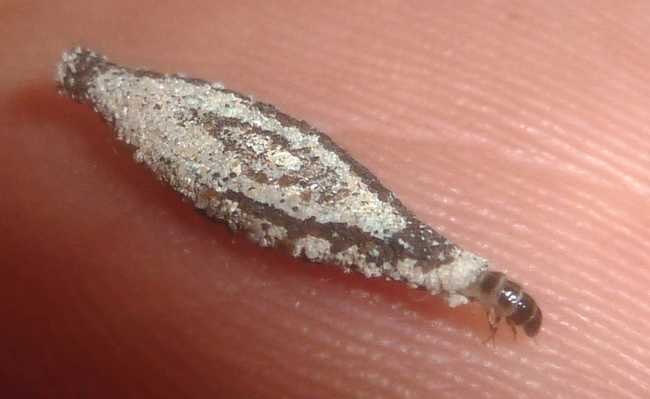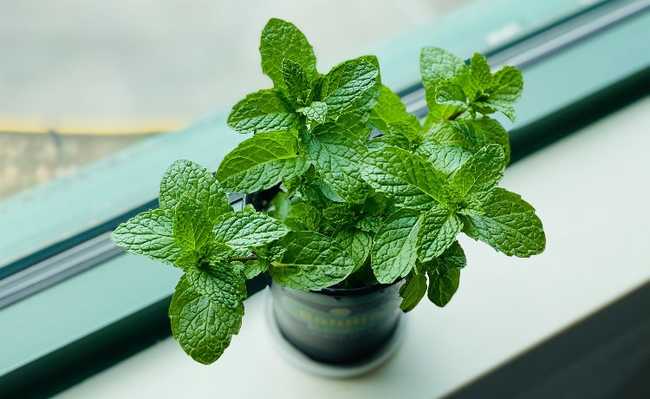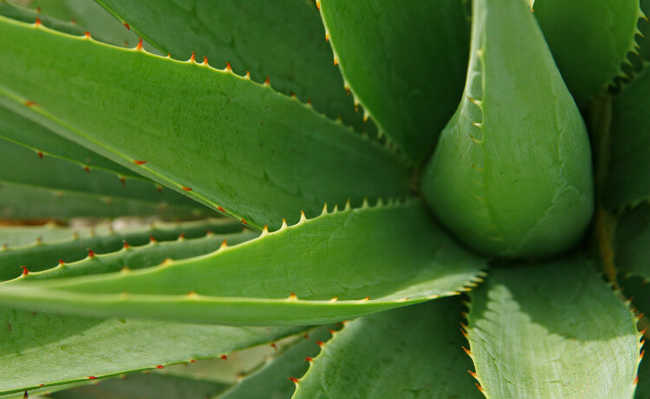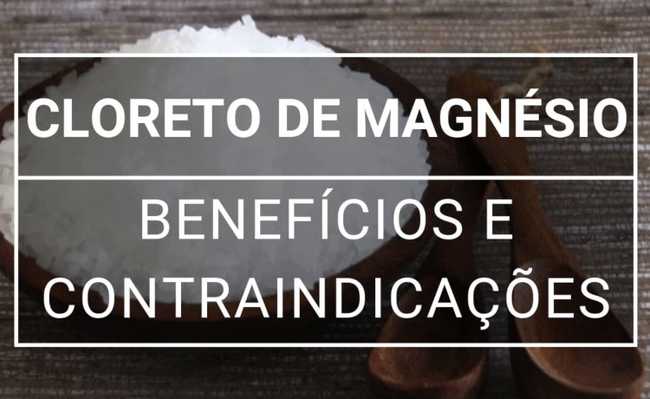Tea tree oil: what is it for?
Tea tree oil is an essential oil with therapeutic and cosmetic properties.

"Melaleuca alternifolia (Tea Tree) - cultivated" by Arthur Chapman is licensed under CC BY-NC-SA 2.0
Tea tree essential oil, erroneously called "trickly peanut oil" is extracted from a plant that has long been known on the other side of the world. Originally from Australia, there are reports that for millennia the melaleuca was widely used by the tribe of aborigines Bundjalung, which used to use the plant's macerate for pain relief. Its members also bathed in the lake into which its leaves fell, as a form of relaxation (a kind of therapeutic bath). Today, melaleuca is also cultivated in Asia, Europe and South America, always in marshy areas and is known as tea tree or tea tree.
- What is ylang ylang essential oil and its benefits
- Geranium Essential Oil: Ten Proven Benefits
- Discover 14 benefits of clove essential oil
- What is Cinnamon Essential Oil for
- Lavender essential oil has proven benefits
Melaleuca belongs to the botanical family Myrtaceae (same as jabuticaba) and among its best known and most studied species is the Melaleuca alternifolia, culturally valued due to the medicinal potential of the oil extracted from its leaves, known for being antibacterial, antifungal, antiviral, anti-inflammatory and analgesic. Popularly called TTO (from English tea tree oil), has a light yellow color and a strong characteristic aroma, widely used in pharmaceuticals and cosmetics due to its beneficial properties.
Which is?
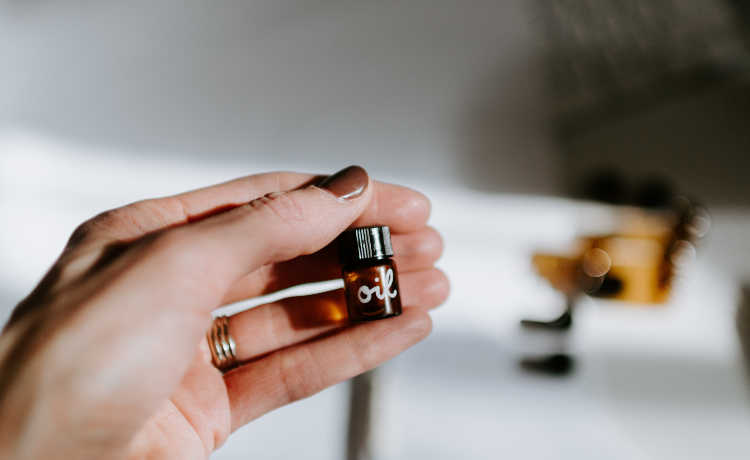
Edited and resized image by Kelly Sikkema is available on Unsplash
Essential oil is different from vegetable oil:
- href="/3: know the benefits and properties
- What are essential oils?
Tea tree essential oil is a complex mixture of more than 100 components, basically hydrocarbons called terpenes and distilled alcohols (to find out what terpenes are take a look at the matter: "What are terpenes?"). The tea tree essential oil is obtained mainly through steam distillation, a physical process in which various parts of the plant are subjected to water vapor, which, when in contact with the plant, penetrates into the biomass, taking the oil contained with it. inside vegetables, in addition to other volatile aromatic and bioactive components, such as hydrolates. Upon reaching the condenser, which cools this vapor, this mixture of essential oil and hydrolates passes from the vapor state to the liquid, and then the final step consists of their separation by density difference.
Tea tree essential oil has a broad spectrum antimicrobial activity, whose main mechanism of action acts on cell membrane damage, although details about it are still unknown. Clinical studies have revealed that tea tree essential oil has shown efficacy against numerous superficial diseases, including acne, oral thrush (thrush) and nail mycoses, among several others.
The component responsible for the antiseptic property of this species is, more specifically, terpinen-4-ol, which is presented in a more abundant form, composing 30% to 40% of the oil's composition. When compared with other therapeutic agents, such as phenol, it showed superior efficiency, proving that the use of natural raw materials, in addition to being biodegradable, from clean and ecologically correct sources, can perform better than synthetic, often harmful to health and the environment.
If these beneficial properties have been well characterized over time, limited data on the toxicity and safety of tea tree essential oil are available. The experience of use over these years suggests that its topical use is relatively safe, with minimal adverse effects, punctual and limited to a few specifically predisposed individuals. Published data indicate that the use of tea tree essential oil in high concentrations is toxic and can cause skin irritation.
Recommended concentrations
Thus, to preserve the safety margin of the use of tea tree essential oil, its local external use diluted in water is recommended, although there is still no consensus on the maximum recommended amount - experience has shown that the maximum concentration of 5 is reasonable. %, which is equivalent to 100 drops of tea tree essential oil for every 100 ml of water, but concentrations starting at 0.1% (2 drops of oil for every 100 ml of water) have already been shown to be efficient in many treatments. Simply put, use a maximum of one drop of tea tree essential oil for every ml of water. And as already said, avoid ingestion, unless under medical advice.
natural alternative
Some adverse effects have been reported after the application of tea tree essential oil in the treatment of acne, which deserve special attention: itching (itching), redness, burning and local dryness. However, the use of tea tree essential oil had a lower percentage of reports of these effects compared to other synthetic products, such as benzoyl peroxide (44% against 79%), demonstrating that the natural item produces milder and less aggressive effects, being a good alternative to conventional products, which often use antibiotics and other aggressive chemicals that can cause more side effects. To learn more about this topic, take a look at the article: "Substances to avoid in cosmetics and hygiene products".
- 18 Home Remedy Options for Pimple
What makes tea tree essential oil even more important is the fact that, in recent decades, there has been an increasing difficulty in treating bacterial diseases due to the indiscriminate use of antibiotics - which has resulted in the procreation of resistant strains, including the superbugs arising from the incorrect disposal of antibiotics.
All these advantages presented imply an increase in well-being, comfort level and quality of life, in addition to a reduction in costs and hospitalization time for patients exposed to this alternative treatment.
- Antibiotic dumped in nature generates superbugs, UN alert
proven benefits
Tea tree essential oil has several properties that allow its use as a cosmetic and even for medicinal purposes. Among its properties are:
- bandages
- Antiseptics
- Analgesics
- Anti-inflammatory
- antispasmodic
Organisms such as bacteria were exposed to tea tree essential oil Escherichia coli (bacteria that can cause diarrhea, urinary tract infections and even meningitis), Staphylococcus aureus (bacteria causing pneumonia, boils, skin and heart infections) and Candida albicans (fungus that causes oral and vaginal thrush). As these organisms are permeable to oil, it inhibits cell respiration and changes in the structure and integrity of their membranes – the disruption of these membranes causes leakage of intracellular material. This leads to the death of bacteria and consequent cessation of disease. In addition, the chemical composition of tea tree essential oil is quite complex, to the point that the bacterium is unable to modify its enzymatic system to adapt to the oil's effects in an attempt to survive. Which makes it a safer alternative to synthetic antibiotics.
In the case of fungi, the same effects that occurred with bacteria were observed, in addition to the inhibition of their growth processes. The potential of tea tree essential oil has also been applied in studies with viruses, and the results are positive. There is inhibition of the growth of the HSV1 and HSV2 viruses, which cause herpes in humans, and the rate of effectiveness depends on the phase of the replicative cycle of the virus at the time the oil is applied. There was also a decrease in the growth of protozoa, such as Leishmania major (causing leishmaniasis) and Trypanosoma brucei (causing “sleeping sickness”).
Studies carried out at the University of Rome have proven the efficiency of tea tree essential oil against mites, specifically ticks, which are also widely fought with synthetic products, whose indiscriminate use has also created resistance to these ectoparasites.
How to use
Due to the antiseptic properties already reported, tea tree essential oil is widely used as a preservative in formulations. It fights bacterial and fungal infections on the skin, regenerates wounds and promotes tissue healing. However, it is important to emphasize that persistent problems and conditions must be treated by a doctor or physician. For sensitive skin, it is necessary to dilute tea tree essential oil in olive oil, grape seed oil, coconut oil, castor oil, among other vegetable carrier oils.
Within these characteristics, there are numerous applications for the essential oil that can be very useful on a daily basis. Remembering that its oral ingestion is not recommended, but its topical application (local). It is important that it is not ingested, as some people may be allergic to the active eucalyptol. Pets must not eat either.
The suggestions for diluted use refer to solutions of at most 5%, that is, 1 drop of tea tree essential oil for each ml of water:
Acne
Use pure essential oil or add warm water and then rinse. You can add a few drops to the soap foam at the time of washing.
Softener
One teaspoon of tea tree essential oil per machine (this is especially good for families who use non-disposable diapers, as it kills fungus and bacteria).
baby rash
2 to 3 drops mixed in vegetable oil (avoid commercial oils from the pharmacy, as they contain paraffin or mineral oil, which causes vitamin A deficiency).
bubbles
Wash the area and apply with a cotton wool two to four times a day for four days. You can also put a gauze soaked in tea tree essential oil and leave it on the blister for 12 hours.
ticks
Apply directly to the insect and wait 20 minutes. If it doesn't come loose on its own, remove it carefully, leaving no part of your body on the skin. Apply 3 times a day for a week.
Dandruff
For hair problems in general: dandruff, shedding (when caused by fungus or bacteria), dry, oily or itchy scalp, etc. The recommended is 2 to 4 drops of tea tree essential oil for every 100 ml of shampoo, preferably with a neutral base.
Polite
Wash and apply tea tree essential oil directly to the cut area two to three times on the first day. For the remainder of a week, twice a day.
Earaches
Grease the outside of the ear with two to three drops of tea tree essential oil.
Herpes
Apply directly to wounds daily for one week.
House cleaning
From this list of Toxic Compounds present in cleaning products, we can understand how important it is to resort to natural alternatives. One of them is the following recipe:- 20 drops of Lavender Essential Oil
- 20 drops tea tree Essential Oil
- 10 Drops of Lemon Essential Oil
- 250 ml (one glass) of water;
Bad breath or oral affections (thrush, thrush, etc)
Add 1 or 2 drops of tea tree essential oil to toothpaste or gargle with warm water.
Athlete's foot / chilblain / ringworm
Add two to three drops to a vegetable oil or body moisturizer and apply at least once a day. Another solution is to let the feet rest in a diluted solution with warm water for around 20 minutes a day, until the symptoms disappear.
insect bites
Apply directly several times a day.
Lice
Adding 10 to 15 drops to 60 ml of baby shampoo is enough. The oil is able to kill the parasites, in addition to treating the inflammation caused, alleviating them.
Psoriasis, eczema, etc.
It is recommended to soak the whole body in a tub filled with a teaspoon of tea tree essential oil. Disinfects and soothes the skin as a whole.
Fleas
Mix 10 drops of tea tree essential oil in 230 ml of coconut or grape seed or other vegetable oil and spread it on the animal's fur - which is also healthy for the animal's skin. It must be done daily until the situation is controlled. Knowing about fleas still in the region, continue spraying once or twice a day.
burns
Non-greasy and volatile (it evaporates quickly on the skin), it is great for burns, as in 10 minutes all the oil that was not absorbed evaporates and lets the skin "breathe". It's important to be quick when treating burns - an ice pack or running cold water for a minute helps a lot. Alternate between water and oil applications for ten minutes, which can be dripped directly, and twice a day for three to four days if necessary.
sun burns
Dilute one part tea tree essential oil to ten parts olive oil or coconut oil and spread generously. Relieves and prevents skin peeling.
Insect repellent
A mixture of 15 drops of tea tree essential oil and 250 ml of water in a spray bottle. You need to sneeze a few times a day for several days, for example on the front door of ants in your house. Natural alternatives aren't quick like chemical ones, but they don't kill you a bit in the process either. Another good alternative is clove oil.
Sinusitis and Asthma
Spread a few drops of essential oil over your nose and/or chest. Or pour five drops into a bowl of boiling water or a nebulizer.
Nails
Treatment of ringworm or even to correct surface imperfections - apply the diluted solution directly using a flexible rod.
Now that you know all the benefits and properties of this essential natural item in your first aid kit, you can enjoy this incredible antiseptic, always paying attention to whether it is in a pure form. You must also make sure that the oil is actually obtained from the species. M. alternifolia, as it is known that many products marketed as tea tree essential oil are not obtained from this species, or are outside the international composition standards.
But, like everything in life, it is necessary to use it judiciously, making conscious use and only when it is really necessary, preferably always consulting a qualified professional beforehand, such as dermatologists or veterinarians, depending on the case.

